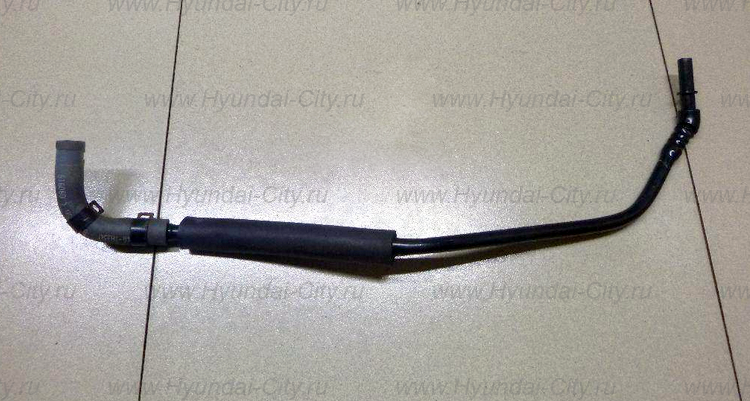
Unfortunately, that cap needs to be a large value, eg 220 uF, to get proper low-įrequency response, since the speaker impedance is so small.Īlso, with a proper Class B, as Krupski mentioned, the positive and negative driveĬkts will be adjusted so the DC current through the speaker is 0, so that takes care of Instead, speakers should beĪC-coupled through a large capacitor with a ckt like this - ie, attempted Class A. As it is, they simply turn on the transistor, and whether or not theĬollector sits at Vcc/2 is strictly a factor of the hFE dc current-gain of theīut there is a much more serious problem with this design, namely that there will beĪ constant dc-bias on the speaker and a non-trivial amount of dc-current continually It looks like the person who designed it had the intent of Class A, but you would needĪ resistor in the emitter lead, so the 100Ks on the base have something to bias inĪ stable fashion. Into its linear region of operation, but you'll never get that with the ckt as shown. Class A is intended to bias the transistor Well, actually, not "quite" a Class A design. The tension on the rope is the bias, and if there isn’t enough bias and the rope is loose, the dead zone on the speaker is called “crossover distortion”. (edit to add more): Notice that the Class B amplifier “rope” needs to be taut, otherwise there will be a small “dead zone” where the speaker doesn’t move.

(edit to add): If you take the “Class A” sketch and invert it so that the “spring” is at the top, that is basically the same as your circuit - and BJT vs MOSFET doesn’t matter - they both do the same jobs - albeit in a different way. Here’s a sketch I made for another guy a while back to explain Class A and Class B amplifiers. I would try this for fun: Remove the 2.2K resistor between the Arduino and the transistor base and replace it with a 1 uF (not critical) capacitor (positive side to the transistor base). That is, if the bias is too “strong”, the collector will go lower and decrease the base bias, thereby self-stabilizing the circuit. The top bias resistor is connected to the collector to provide NEGATIVE feedback and stabilize the bias. The resistors on the base circuit create a bias (base current * beta = collector current) to keep the transistor conducting (that is, in a Class-A mode). Theoretically, it is supposed to be biased so that with no signal, the collector sits at about 1/2 Vcc (so that it can swing UP to VCC and DOWN to GND). I built up the audio amplifier from the Arduino Basic Connections thread ( ) in particular this: No, it is isolating the bias circuit from the DC effects you get from the input pin, that is why I would use a cap because that removes it compleatly Is the purpose of the 2.2K resistor for impedance-matching? What is the purpose of the 10 ohm resistor? To limit current? Is the purpose of the 100K resistors to bias the transistor base? Put a pot directly on the output and connect the wiper through a cap to the input. If I wanted to implement a volume control, what would be the recommended way of doing that? I would include a 0.1uF cap between the pin input and the amplifier input. It is due to the inductance of the speaker, it can be improved by a better transistor or amplifierĪre there any "gotchas" in there? Like, drawing too much current through the transistor, or something? Is the ringing around the rise and fall expected? Could it be improved somehow? Impedance matching and current amplification is the save thing so a bit of all of them. What is the purpose of the amplifier? Impedance-matching? Current amplification? Voltage amplification? Is the purpose of the 2.2K resistor for impedance-matching?.What is the purpose of the 10 ohm resistor? To limit current?.Is the purpose of the 100K resistors to bias the transistor base?.If I wanted to implement a volume control, what would be the recommended way of doing that?.

Are there any "gotchas" in there? Like, drawing too much current through the transistor, or something?.Is the ringing around the rise and fall expected? Could it be improved somehow?.What is the purpose of the amplifier? Impedance-matching? Current amplification? Voltage amplification?.Measuring the input signal (from the Arduino pin, in yellow) compared to the transistor collector (blue) shows the amplification isn't perfect, but not too bad. It worked great in that it gave nice loud amplification of the tones from the Tone library.
311 transistor cassette tape portable#
I connected a 6 ohm speaker from an old portable radio/cassette player. I didn't have a BC337 so I used a BC546 instead. I built up the audio amplifier from the Arduino Basic Connections thread ( Arduino Forum) in particular this: I'm going to show my ignorance of how transistors work here, but whatever.


 0 kommentar(er)
0 kommentar(er)
